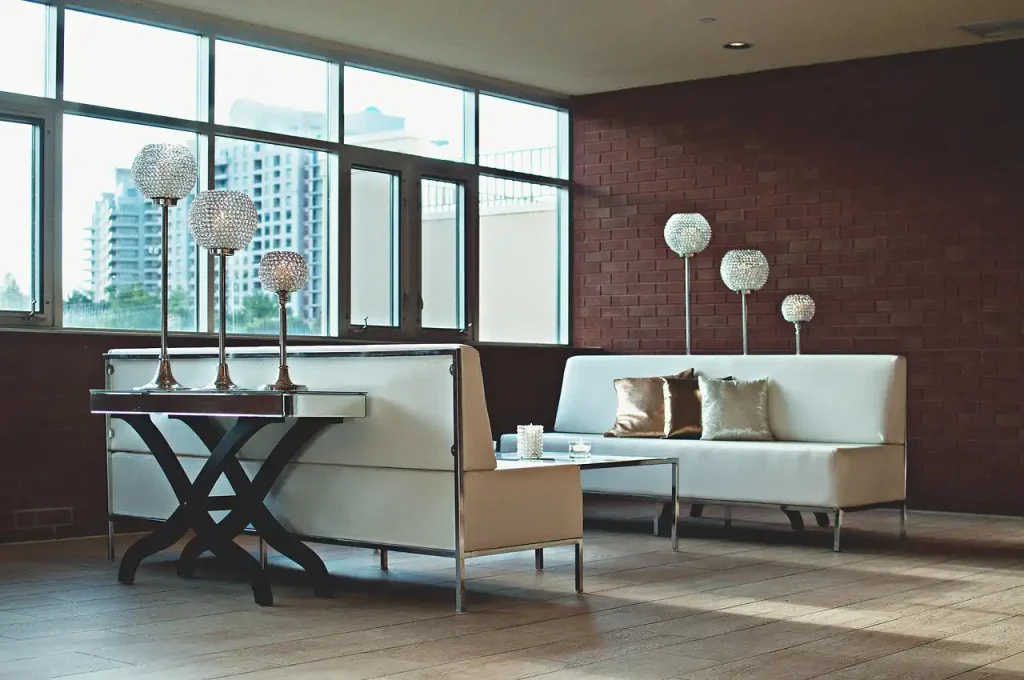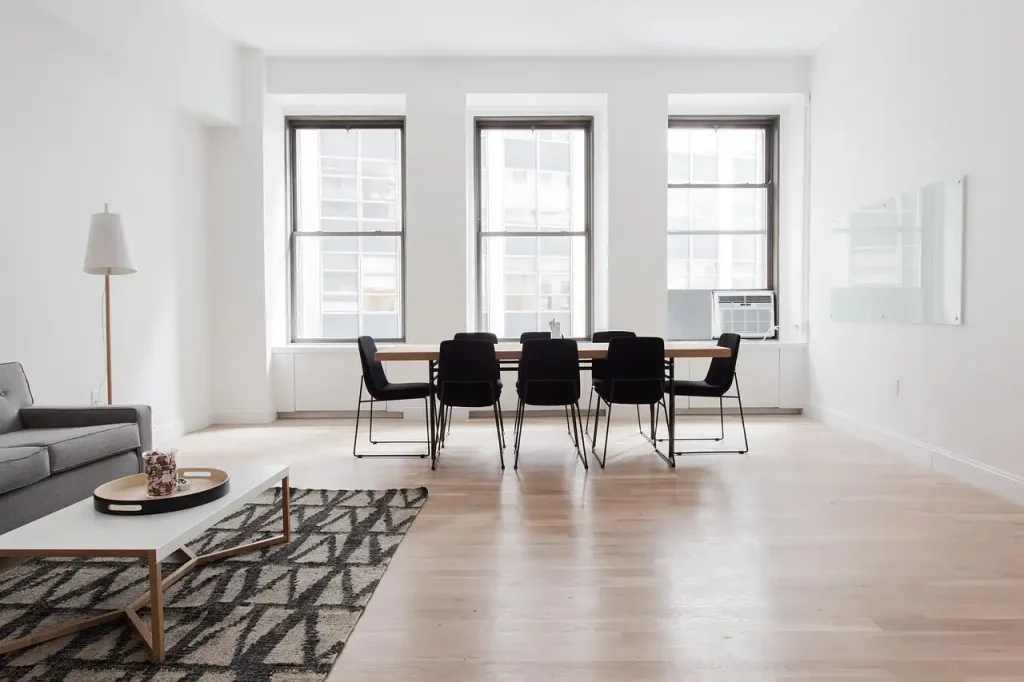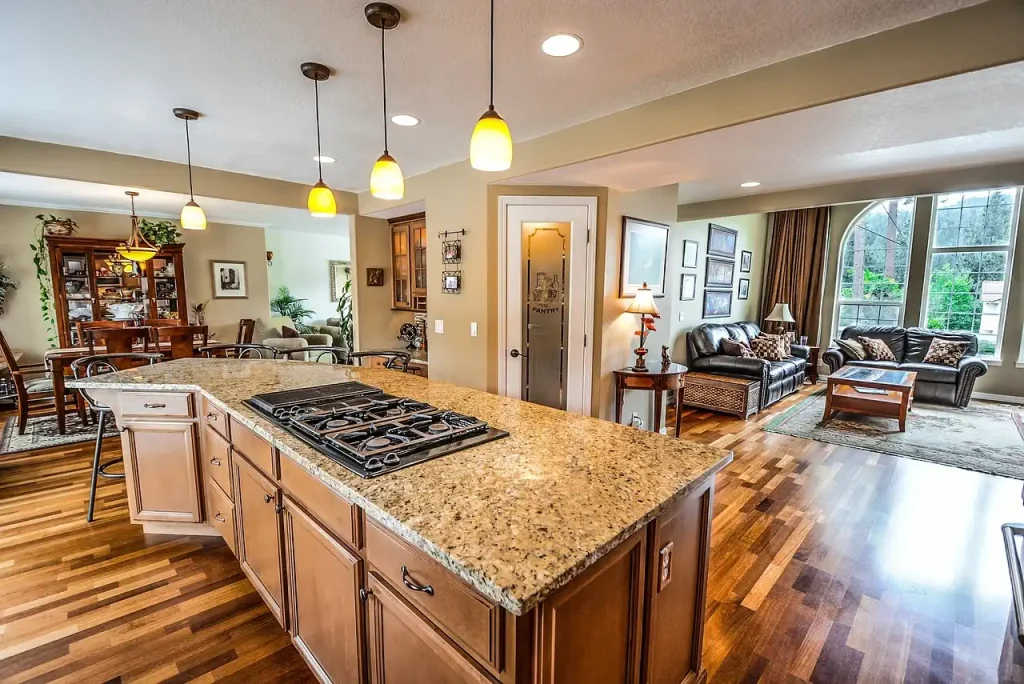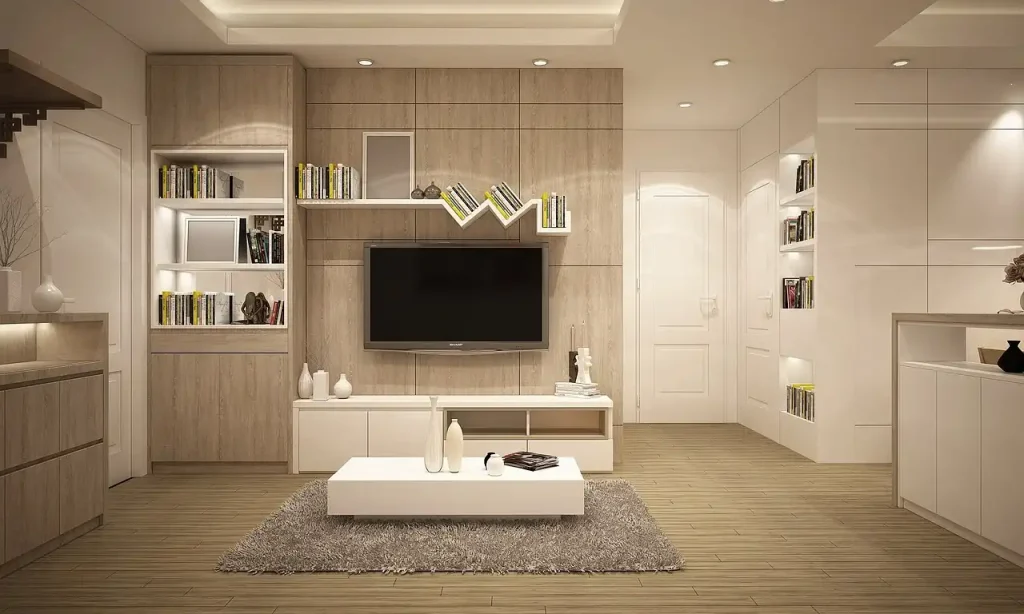When selling a new construction home, first impressions can make all the difference. Buyers decide how they feel about a place instantly, sometimes within seconds of walking through the door. That first moment sets the tone for everything that follows, which is why staging has become such a hot topic in the building and real estate world.
The big question is whether to invest in professional staging or do it yourself. At the end of the day, it’s about choosing what actually works. Go with the option that helps you attract more buyers, sell the home faster, and still make a solid profit.
Why Staging Matters for New Homes
New construction homes are beautiful, but they can also feel a little empty. Everything’s brand new — the paint, the floors, the fixtures. But without any connection, the space can come off as cold for buyers to connect with.
That’s where staging really helps. It gives the home a warmer, more inviting vibe that helps buyers connect with it right away. When buyers walk in, they’re not just looking at empty rooms — they’re imagining how their own lives could unfold there. When a home is staged well, buyers connect with it on a deeper level — and that usually means more offers and a higher price.
The National Association of Realtors says staged homes tend to sell faster. Sometimes for as much as 20% more. That kind of difference is hard to ignore.
In today’s digital-first world, staging isn’t just about in-person showings anymore. Most buyers start their home search online, scrolling through listing photos long before stepping inside. A staged home photograph is significantly better, which helps it stand out on Zillow, Realtor.com, and social media ads. Even virtual tours and 3D walkthroughs look more appealing when the home is properly staged. In other words, great staging doesn’t just sell the home faster — it also attracts more online attention right from the start.

Professional Staging: The Case for Hiring the Experts
A good stager can take a plain, empty house and make it shine. They know what colors catch buyers’ eyes, how to place furniture so rooms feel bigger, and how to make the space feel inviting from the moment you walk in.
Pros of Professional Staging
The biggest benefit of using a professional stager is their understanding of buyer psychology. They know how to set up a home so it feels welcoming and helps people picture themselves living there.
Another plus is the access to quality furniture and décor. When builders try to stage on their own, they often use whatever’s available. Professionals, on the other hand, bring in modern, stylish pieces that make the home look more high-end.
It also saves a lot of time. Builders have a lot going on — juggling permits, timelines, and clients. Passing the staging to a professional means they can focus on everything else. In a market packed with new homes, good staging helps yours stand out. It looks great in photos, catches more eyes online, and brings more people in to see it.
Professional stagers also stay on top of current design trends. They know which styles appeal to today’s buyers — whether it’s minimalist modern, cozy farmhouse, or upscale transitional. This trend awareness helps builders keep their listings feeling current and competitive. Plus, many staging companies now offer digital staging services, where they virtually furnish the home photos — a great middle-ground option for builders who want high-quality visuals without the full physical setup.
Cons of Professional Staging
The biggest downside is the cost. Staging can run anywhere from a couple thousand dollars to several thousand more for bigger homes. If the place doesn’t sell right away, there might also be monthly fees. Some builders also find it tough to give up a bit of creative control over how the home is presented.

DIY Staging: Rolling Up Your Sleeves
Many builders, especially those on a tighter budget, choose to stage their homes on their own. With a little creativity, you can still make the place look great without bringing in a professional. Explain more about why staged homes get more offers.
Pros of DIY Staging
The best part is how much you can save. Once you’ve got a few good pieces of furniture and décor, you can use them again and again in different homes, which keeps your costs low over time.
You also get complete creative control. You can highlight the features you’re most proud of and stick to the exact look or style you want.
Another bonus is flexibility. Your staging items — sofas, beds, rugs, artwork — can easily move from one property to the next, keeping expenses low in the long run.
DIY staging can also be a great learning experience for builders who want to understand buyer behavior better. By experimenting with furniture layouts, lighting, and color schemes, you’ll start to notice what makes buyers respond more positively during walkthroughs. Over time, this knowledge becomes a real business advantage — helping you make smarter design decisions even before the home hits the market.
Cons of DIY Staging
The tricky part is getting the design right. Without much experience, it’s easy to make small choices that throw off the look or make the space feel less inviting to buyers.
It’s also a big-time commitment. Finding, moving, and setting up furniture can take hours — time most builders would rather spend elsewhere.
Quality can become an issue. Budget pieces tend to wear out after a few moves, and tired-looking furniture can take away from an otherwise beautiful home. Here are some home staging tips.
Cost Comparison: Professional vs DIY
Let’s do some quick math.
- Professional staging averages $3,000 upfront plus around $1,000 a month if the home remains unsold. If the property takes three months to move National Association of Realtors says staged homes tend to sell faster — and sometimes for as much as 20% more. That kind of difference is hard to ignore; the total could hit $5,000.
- DIY staging might cost $4,000 to create a reusable staging kit. Spread across five homes, the per-home cost is only about $800.
- At first View, DIY looks cheaper. But professional staging often pays for itself by shortening time on market and pushing sales prices higher. Selling a $400,000 home just 2% higher equates to an $8,000 return—more than enough to cover professional fees.

Which Option Is Better for Builders?
The right choice depends on how your business works, your market, and how much money you can spend. For more expensive homes, hiring a professional to do the staging is usually worth the cost. Buyers in this price range expect a polished, luxurious presentation. For cheaper or mid-priced homes, doing the staging yourself can save money if you keep and reuse your staging items. In markets with lots of competition, professional staging helps your property get noticed. In slower markets, DIY may be sufficient.
A Hybrid Approach
Some builders use a mix of different strategies. They buy basic furniture like sofas, dining tables, and beds that can be used again, then pay a stager to add the final touches. This reduces costs but still benefits from professional expertise.
Another option is to stage only the most important rooms, like the living room, kitchen, and main bedroom. These rooms sell homes. Bathrooms and smaller bedrooms can often remain empty without hurting buyer perception.

Final Thoughts
In the end, staging isn’t only about furniture. It’s about showing the story of the home. Buyers aren’t just buying the walls and floors—they’re buying the way of life the home shows. For builders, deciding whether to hire professionals or do staging themselves depends on money, time, and what message they want to send.
Professional staging is like hiring experts to make the home look perfect—it’s planned and focused on getting good results. Doing it yourself is cheaper and less formal, but it can still work well if done carefully. The best choice is the one that gives you the most benefit without using up too much time or money. Whether you hire a professional or do it yourself, the goal is the same—to make buyers fall in love as soon as they see the home. Contact us today for home staging services.
